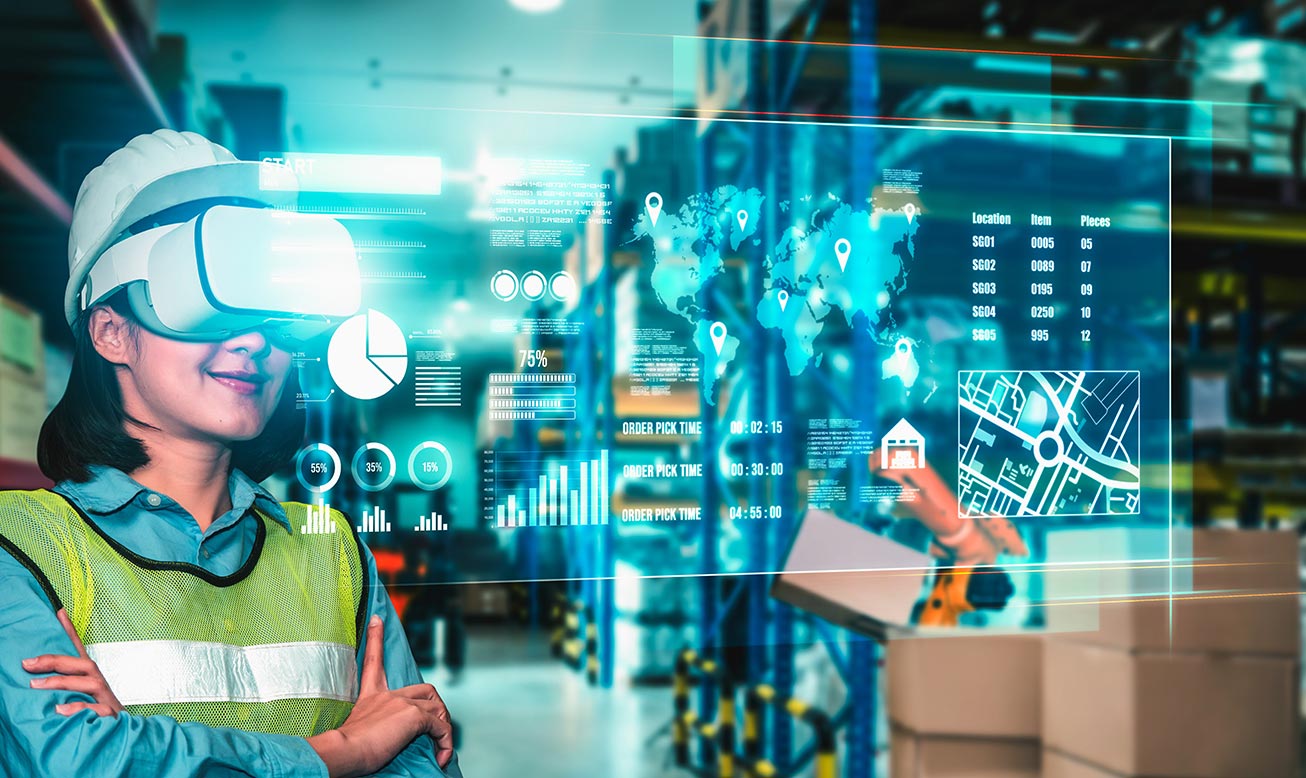March 20, 2024
Could Automation Bring the End of Traditional Warehousing?
The ever-growing relevance of online trade operations has caused traditional warehousing to undergo a profound transformation. The rise of warehouse automation technologies is revolutionizing how businesses manage their inventory, streamline operations, and meet the escalating demands of modern consumers.
The traditional warehouse, reliant on manual labor and conventional inventory management systems, is facing a pivotal moment. The need for rapid order fulfillment has pushed the boundaries of efficiency in warehouse management. Then, the question: Could automation bring about the end of traditional warehousing as we know it?
Different Warehouse Automation Technologies
Warehouse automation encloses a wide range of applications aimed at enhancing several aspects of warehousing operations. From expediting order processing to optimizing transportation, storage, and shipping, automation technology is here to stay. It is not simply about incorporating a few machines; instead, it involves many systems and processes designed to meet the evolving needs of the industry.
Efficiency in a warehouse is primarily improved by leveraging advanced automation technologies and systems, such as:
- Robotics
- AI-driven algorithms
- IoT sensors
- Sophisticated software solutions
These technologies strengthen order accuracy, accelerate order fulfillment, and significantly reduce operational costs.

The Future of Warehouse Automation is Today
The traditional warehouse management system (WMS) is evolving into a sophisticated, tech-driven platform that orchestrates inventory movement and optimizes storage. Unlike traditional inventory management methods that rely heavily on manual input and tracking, automated systems offer real-time visibility into inventory levels, enabling proactive decision-making and reducing instances of stockouts or overstocking.
In addition, warehouse automation transcends inventory management. It includes enhancing workstations, ensuring improved safety standards, ergonomic designs, and the overall well-being of warehouse personnel. Collaborative systems are increasingly integrated into warehouse settings to improve productivity while maintaining a safe working environment.
What to Expect for the Upcoming Times
The future of warehouse automation will come with the promise of efficiency. As the technology continues to evolve, the focus is on scalability, adaptability, and flexibility. Modern warehouses are transitioning towards dynamic, adaptable spaces that can swiftly adapt to fluctuating demands and changing consumer preferences. This adaptability is crucial in the face of unpredictable market shifts and seasonal variations in demand.
However, the path to fully automated warehouses is not without challenges. Implementing automation technologies requires substantial capital investment, meticulous planning, and a comprehensive understanding of the business’s unique needs. Moreover, integrating these technologies requires upskilling the workforce to operate and manage these sophisticated systems effectively.
At Last Mile Logistics, we acknowledge that while the rise of warehouse automation represents a significant shift from traditional practices, it does not necessarily mean the complete demise of conventional warehousing. Instead, it is a road to a more efficient, agile, and tech-driven warehouse ecosystem. We can help your business find a balance between leveraging automation technologies and preserving the human touch in warehouse operations.

